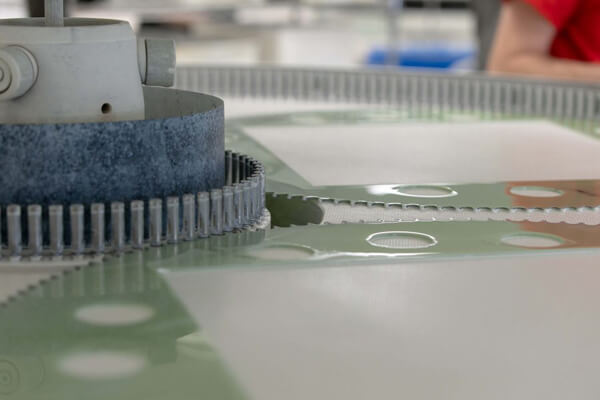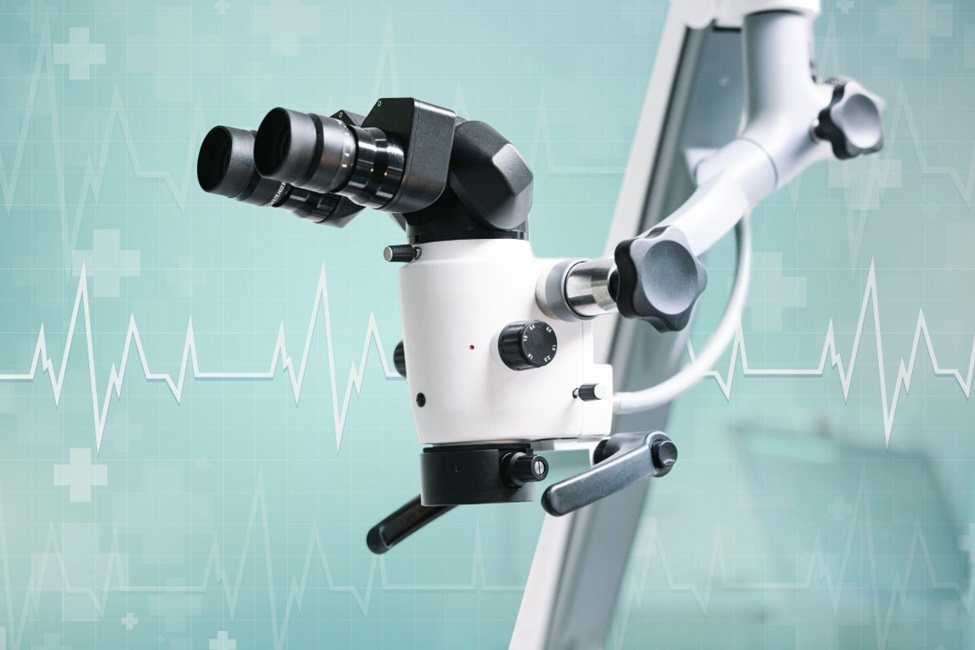The medical field constantly evolves, leveraging cutting-edge technology to improve patient care and treatment outcomes. Among the many innovations driving advancements in healthcare, optical grinding plays a pivotal role in the production of high-precision medical devices. From diagnostic tools to surgical instruments, the accuracy and clarity provided by optical grinding ensure the reliability and effectiveness of these essential devices. Coupled with optical grinding and polishing, this meticulous process guarantees the highest quality in optical components used in medical applications.
Precision in Medical Imaging
Medical imaging devices, such as endoscopes, microscopes, and optical coherence tomography (OCT) systems, rely on high-quality optical components to deliver accurate and detailed visual information. Optical grinding ensures that lenses and mirrors used in these devices meet the exacting standards required for medical imaging.
For example, in OCT systems, which provide high-resolution cross-sectional images of biological tissues, the precision of the optical components determines the system’s ability to detect and diagnose conditions. Even the slightest imperfection in the lens or mirror surface can lead to image distortion, potentially impacting the diagnostic process. Optical grinding ensures that these components are polished to perfection, enhancing image clarity and accuracy.
Surgical Precision with Ground Optics
In surgical procedures, particularly those involving minimally invasive techniques, optical grinding plays a crucial role in the production of endoscopic and laparoscopic devices. These tools depend on optical systems to provide surgeons with clear, magnified views of the surgical area.

For instance, the lenses and prisms within an endoscope must be ground and polished to exact tolerances to ensure clear visualization and proper light transmission. Optical grinding enables the creation of components that are not only precise but also durable, capable of withstanding repeated sterilization and use in demanding surgical environments.
Enhancing Diagnostic Devices
Optical grinding is also essential in manufacturing diagnostic devices such as spectrometers, photometers, and refractometers, commonly used in laboratories and clinical settings. These devices analyze light properties to measure various biological and chemical parameters, aiding in the diagnosis of diseases and conditions.
For these instruments, the quality of the optical components directly affects their sensitivity and accuracy. Grinding ensures that lenses and other optical elements achieve the required surface smoothness and curvature, optimizing their performance in precise measurements.
Materials Used in Medical Optics
The choice of materials used in optical components is as critical as the manufacturing process itself. Materials like quartz, sapphire, and specialized optical glass are frequently used in medical devices due to their durability, thermal stability, and optical properties.
Optical grinding allows these materials to be shaped and refined to meet specific design requirements. For example, sapphire lenses, known for their scratch resistance and biocompatibility, are often used in medical devices. Through grinding, these lenses can be shaped into the precise dimensions and profiles needed for their application, ensuring compatibility with the device and its intended function.
Innovations in Optical Grinding Technology
The advancement of optical grinding technology has significantly improved the production of medical devices. Modern optical grinding machines incorporate computer numerical control (CNC) technology, allowing for greater automation, precision, and efficiency. These machines can achieve sub-micron accuracy, ensuring that the optical components produced meet the stringent requirements of the medical field.
In addition, the integration of optical grinding with polishing processes ensures that the final products have flawless surfaces, minimizing light scattering and maximizing performance. This combination of grinding and polishing is particularly important for devices used in laser surgery, where even minor imperfections in optical components can reduce the effectiveness of the laser beam.
Meeting Regulatory Standards
In the medical industry, regulatory compliance is non-negotiable. Devices must adhere to stringent standards to ensure patient safety and effectiveness. Optical grinding enables manufacturers to produce components that meet these rigorous requirements. By delivering precision and consistency, this process contributes to the overall quality and reliability of medical devices, helping manufacturers gain regulatory approvals more efficiently.
Conclusion
Optical grinding is a cornerstone of modern medical device manufacturing, enabling the production of high-precision optical components that power diagnostic tools, surgical instruments, and imaging systems. By ensuring the quality and performance of these devices, optical grinding plays an integral role in advancing healthcare and improving patient outcomes. As technology continues to evolve, the importance of precision optics in medical applications will only grow, with grinding and polishing processes at the forefront of this innovation.




